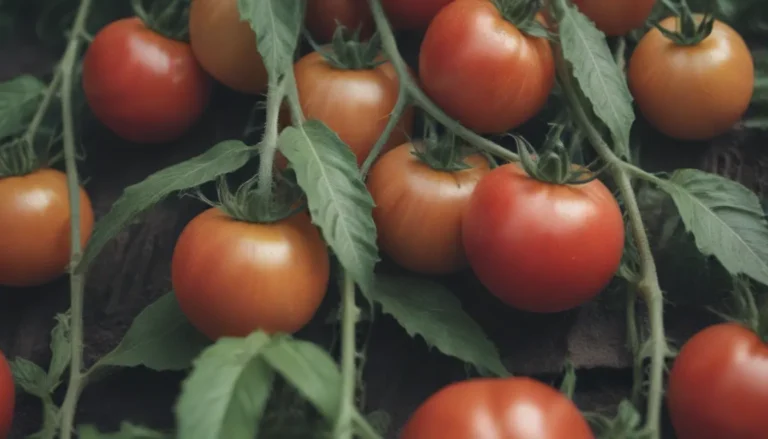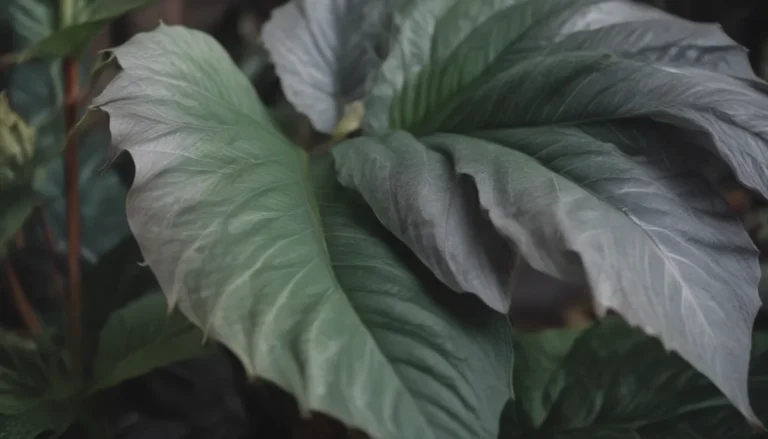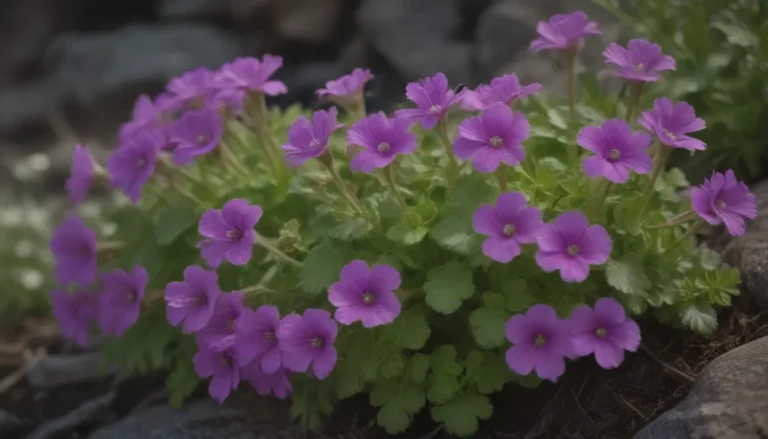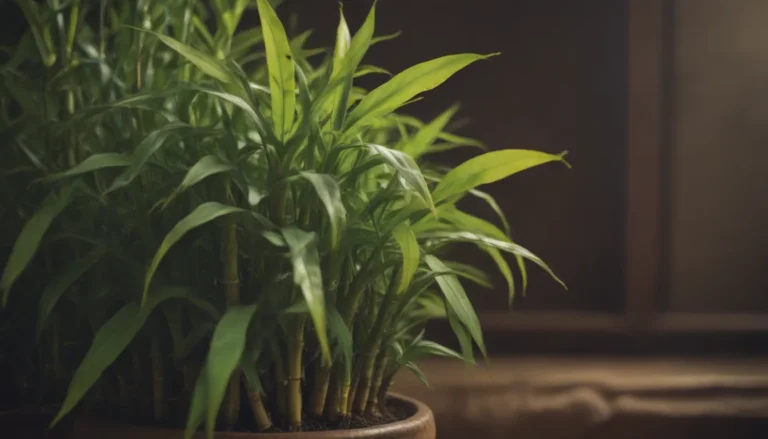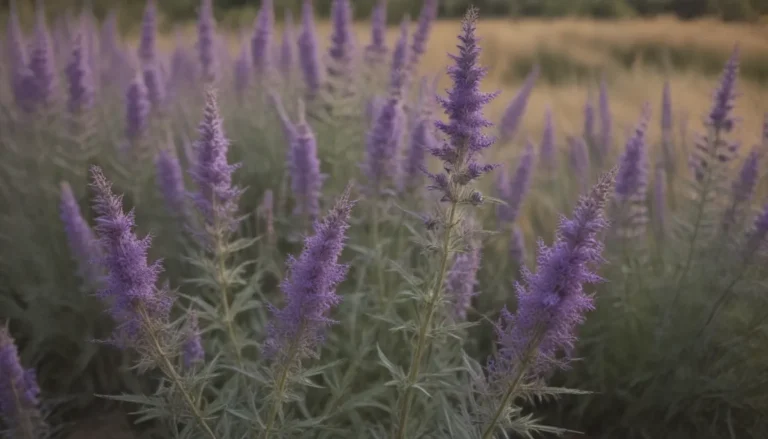The Comprehensive Guide to Growing and Caring for Button Ferns
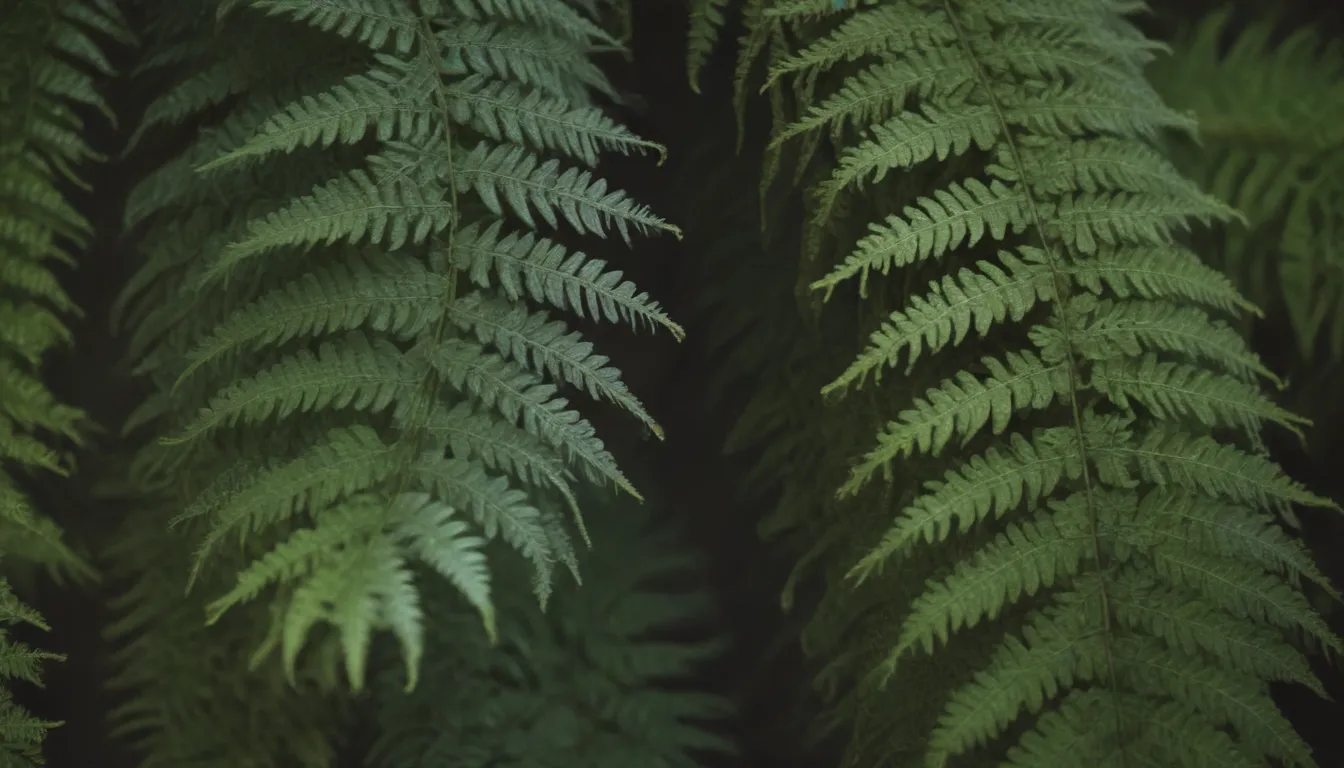
Welcome to the ultimate guide on how to grow and care for the beloved Button Fern (Pellaea rotundifolia) like a pro! Whether you are a seasoned plant enthusiast or a beginner looking to add some greenery to your indoor space, this article will provide you with all the information you need to cultivate and nurture your Button Fern into a thriving plant.
Button Fern is a delightful plant that hails from Australia and New Zealand. It is cherished for its small size and distinctive arcing fronds adorned with rounded pinnules. While it is commonly kept as a houseplant in temperate climates, it requires specific care to flourish. Let’s dive into the details of how you can successfully grow and care for your Button Fern at home.
Getting Started: Button Fern Care
Light
Button Ferns thrive in medium to bright indirect light. They can also tolerate lower-light conditions as long as natural light is present, such as from a north-facing window. Avoid exposing your Button Fern to direct sunlight, as this can scorch its delicate leaves.
Soil
Plant your Button Fern in a well-drained potting mix. A standard houseplant potting mix typically works well for these plants. If you prefer to create your own mix, combine one part peat moss or coconut coir, one part perlite, and one part vermiculite for an ideal growing medium.
Water
Button Ferns are moisture-loving plants, and their soil should never be allowed to completely dry out. Water your fern when the top layer of soil begins to dry out slightly. Ensure that your plant drains well after watering to prevent root rot.
Temperature and Humidity
Maintain a warm environment for your Button Fern with temperatures ranging from 65°F to 80°F. These plants thrive in moderate humidity levels of 40 to 50 percent. If your plant appears dry and crispy despite regular watering, consider using a humidifier to boost the moisture around your plant.
Fertilizer
While Button Ferns do not require excessive fertilization, you can provide them with a balanced liquid houseplant fertilizer diluted to half strength every two months during the growing season. Start fertilizing when you notice new growth in late winter or early spring, and discontinue fertilization as the days shorten in fall.
Propagating Button Fern: A Step-by-Step Guide
You can propagate your Button Fern by dividing its rhizomes. Here’s a simple guide to propagating your fern:
1. Gather your materials: gardening gloves, a sharp serrated knife (optional), fresh potting mix, and small plant pots.
2. Carefully divide the rhizomes of the mature plant while repotting in the spring.
3. Plant each division in a separate pot with fresh soil to encourage healthy growth.
Potting and Repotting Tips for Button Ferns
As Button Ferns are not heavy feeders and have slow growth, plan to repot them every three years. Use fresh soil and only increase the pot size by one increment. If you notice roots protruding from the pot’s drainage holes or filling the container, it’s time to repot your plant.
Dealing with Pests and Diseases
While Button Ferns are generally resilient, they can be vulnerable to common houseplant pests like scale, aphids, and spider mites. Additionally, diseases such as root rot can occur if the plant remains in overly wet soil. Keep an eye out for any signs of pests or diseases and address them promptly to maintain the health of your Button Fern.
Troubleshooting Common Problems with Button Ferns
Leaves Turning Brown
Brown and crispy fronds are often a sign of underwatering. Check the soil moisture and water your plant deeply when the top layer of soil begins to dry out. Monitor the soil regularly to ensure it stays consistently moist.
Leaves Turning Yellow
Yellowing leaves indicate overwatering. If your plant is in soggy soil, allow it to dry out more thoroughly before watering again. Only water your Button Fern when the soil surface is slightly dry to avoid waterlogged conditions.
Browning Tips
Dry and hot environments can cause the tips of your fern to brown. Combat this by increasing the humidity around your plant, such as by using a humidifier nearby. Avoid excessively dry conditions to prevent browning tips.
Leaf Drop
Leaf drop is typically a result of severe underwatering, causing stress to the plant. Maintain even soil moisture by watering your Button Fern when the top layer of soil shows signs of dryness. Prevent leaf drop by providing consistent care and attention to your plant’s watering needs.
In conclusion, Button Ferns are charming and relatively easy to care for as houseplants. With the right conditions and attention to detail, you can enjoy the beauty of these ferns in your indoor space. Remember to provide adequate light, water, and humidity levels to ensure the health and vitality of your Button Fern. With proper care, your Button Fern will thrive and bring a touch of nature into your home.
Plant reference: NC State Extension.
